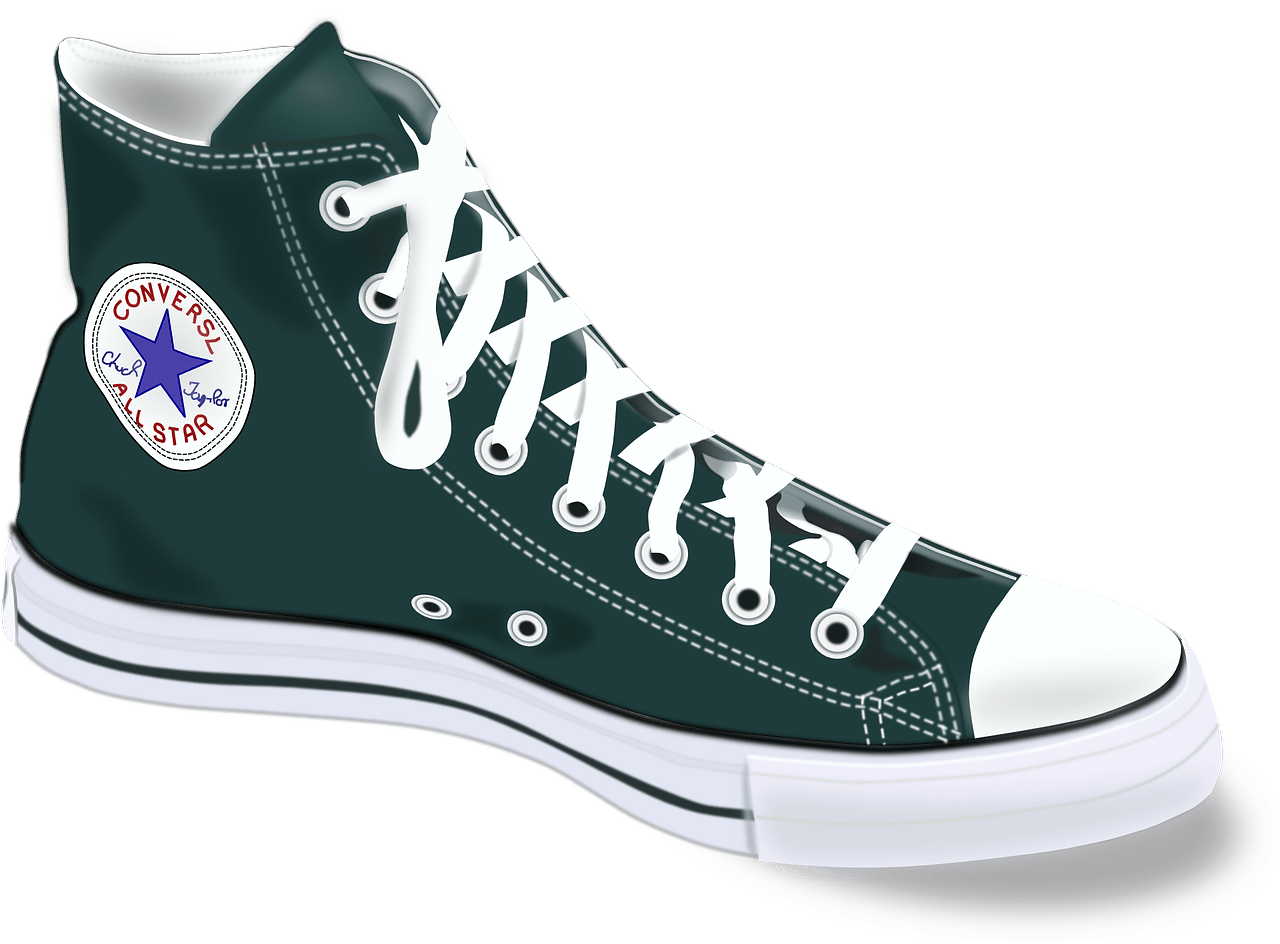Wearing boots that fit properly is essential for both comfort and foot health. Ill-fitting boots can lead to discomfort, blisters, and even foot problems. In this article, we will delve into the world of boot fitting and provide you with a comprehensive guide to finding the perfect fit for your boots.
Understanding Foot Measurements
Before diving into the fitting process, it’s important to understand your foot measurements. Start by measuring the length and width of your foot.
Use a measuring tape or ruler to determine the length from the back of your heel to the tip of your longest toe.
To measure the width, wrap the measuring tape around the widest part of your foot. Alternatively, you can use a foot sizing device or consult a professional shoe fitter for accurate measurements.
Factors Influencing Boot Fit
Several factors can affect how boots fit. Boot design and style can influence the fit, as some styles may have a narrower or wider fit than others.
Additionally, it’s important to note that men’s and women’s boot sizing may vary, so be sure to consider the appropriate sizing chart for your gender.
Lastly, different brands may have variations in sizing, so it’s always helpful to read reviews or try on boots from different brands to find the right fit for you.
Signs of Proper Boot Fit
A properly fitting boot should provide comfort and support. Here are some signs to look for to ensure your boots fit correctly:
- Comfortable toe room: Your toes should have enough space to wiggle comfortably without feeling cramped or restricted.
- Secure heel fit: The boots should securely hold your heel without any slipping or excessive movement.
- Adequate arch support and foot stability: The boots should provide adequate support for your arches and keep your feet stable within the boot.
Common Boot Fit Issues and Solutions
If your boots are too tight or narrow, you may experience discomfort or pressure points. In this case, consider trying a wider width or sizing up.
On the other hand, if your boots feel loose or wide, try a narrower width or sizing down. It’s important to address any specific foot issues you may have, such as high arches or bunions, by selecting boots that offer the appropriate support and accommodating features.
Tips for Trying on and Assessing Boot Fit
When trying on boots, wear the type of socks you plan to wear with them to get an accurate fit. Walk around in the boots and pay attention to how they feel.
Your toes should have some wiggle room, but not too much. Check for any rubbing or discomfort.
If you’re unsure about the fit, seek assistance from a professional shoe fitter who can provide valuable insights and suggestions.
Breaking in New Boots
New boots may require a break-in period to allow them to conform to the shape of your feet. Wear them for short periods initially and gradually increase the duration over time.
If you experience any discomfort, consider using techniques like wearing thicker socks or using gel inserts to alleviate pressure points.
Additionally, proper care and maintenance, such as cleaning and conditioning, will help prolong the life of your boots.
Ensuring Consistent Boot Fit
Foot size and shape can change over time, so it’s important to regularly re-evaluate your foot measurements and reassess your boot size.
Stay aware of any changes in your feet, such as weight fluctuations or pregnancy, which may affect your boot fit. Additionally, be prepared to adapt to different boot styles or brands, as their sizing and fit characteristics may vary.
Conclusion
Finding boots that fit properly is crucial for comfort, foot health, and overall satisfaction. By understanding your foot measurements, considering various factors that influence boot fit, and paying attention to signs of proper fit, you can ensure a comfortable and enjoyable boot-wearing experience.
Remember to try on boots, assess their fit, and make adjustments as needed to find the perfect fit for your feet. With well-fitting boots, you’ll be ready to take on any adventure with confidence and comfort.





